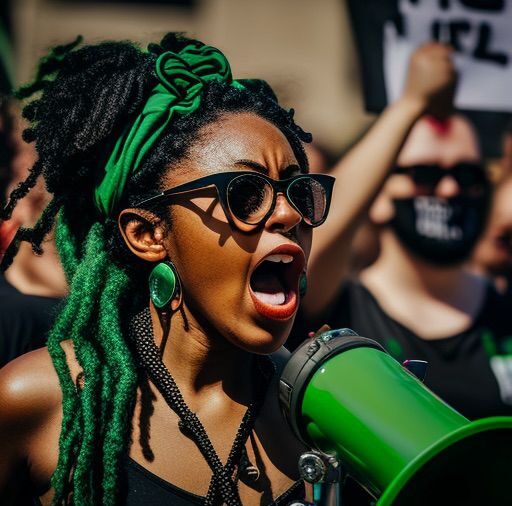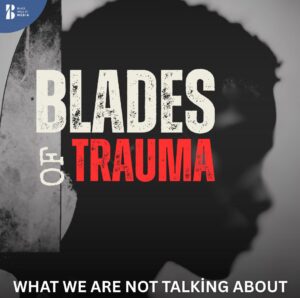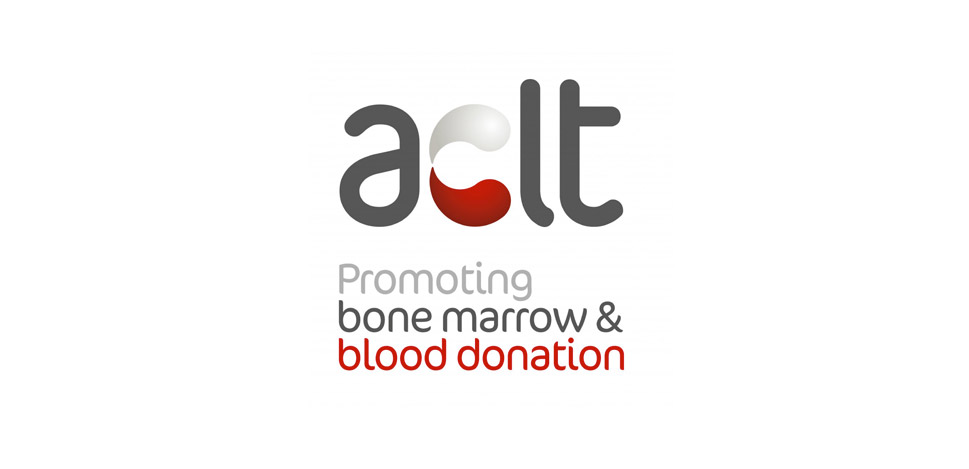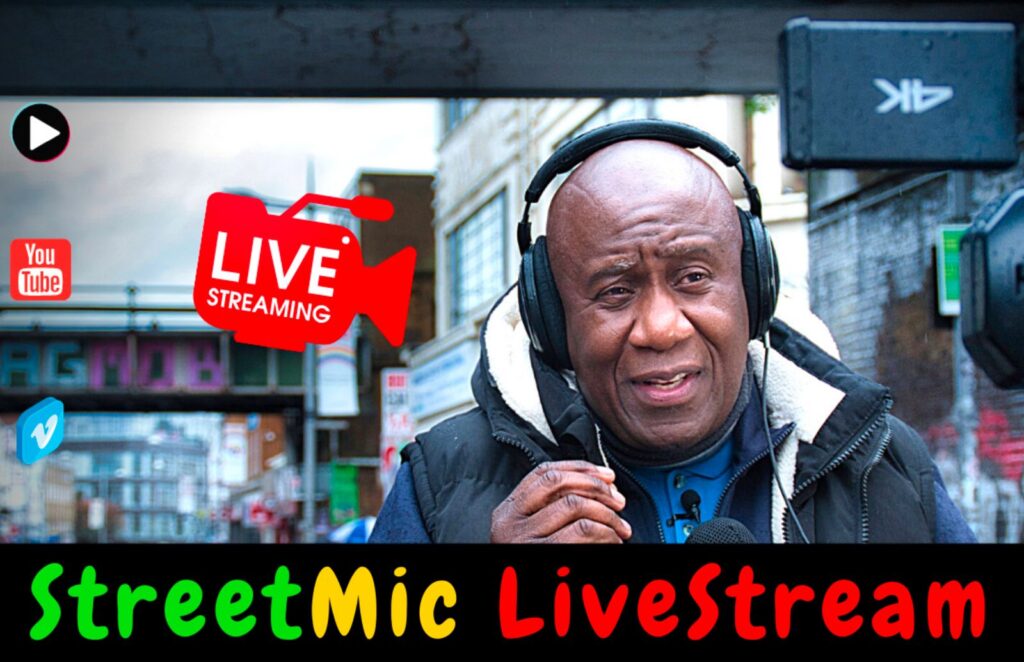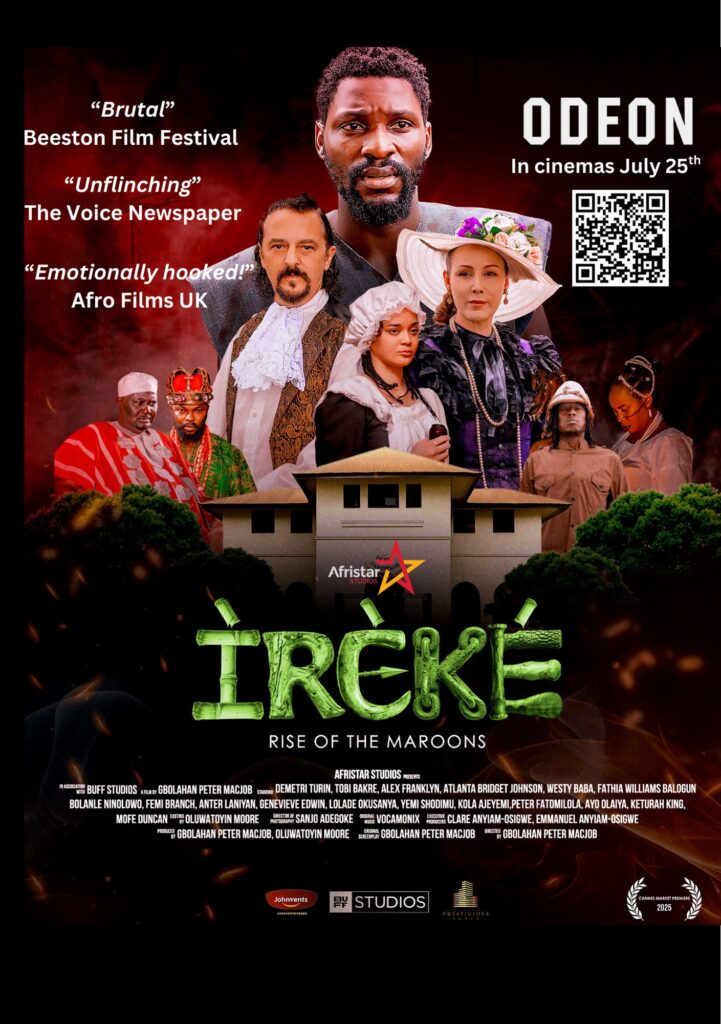Current data collection on state violence does not paint a picture that is inclusive of victims with disabilities.
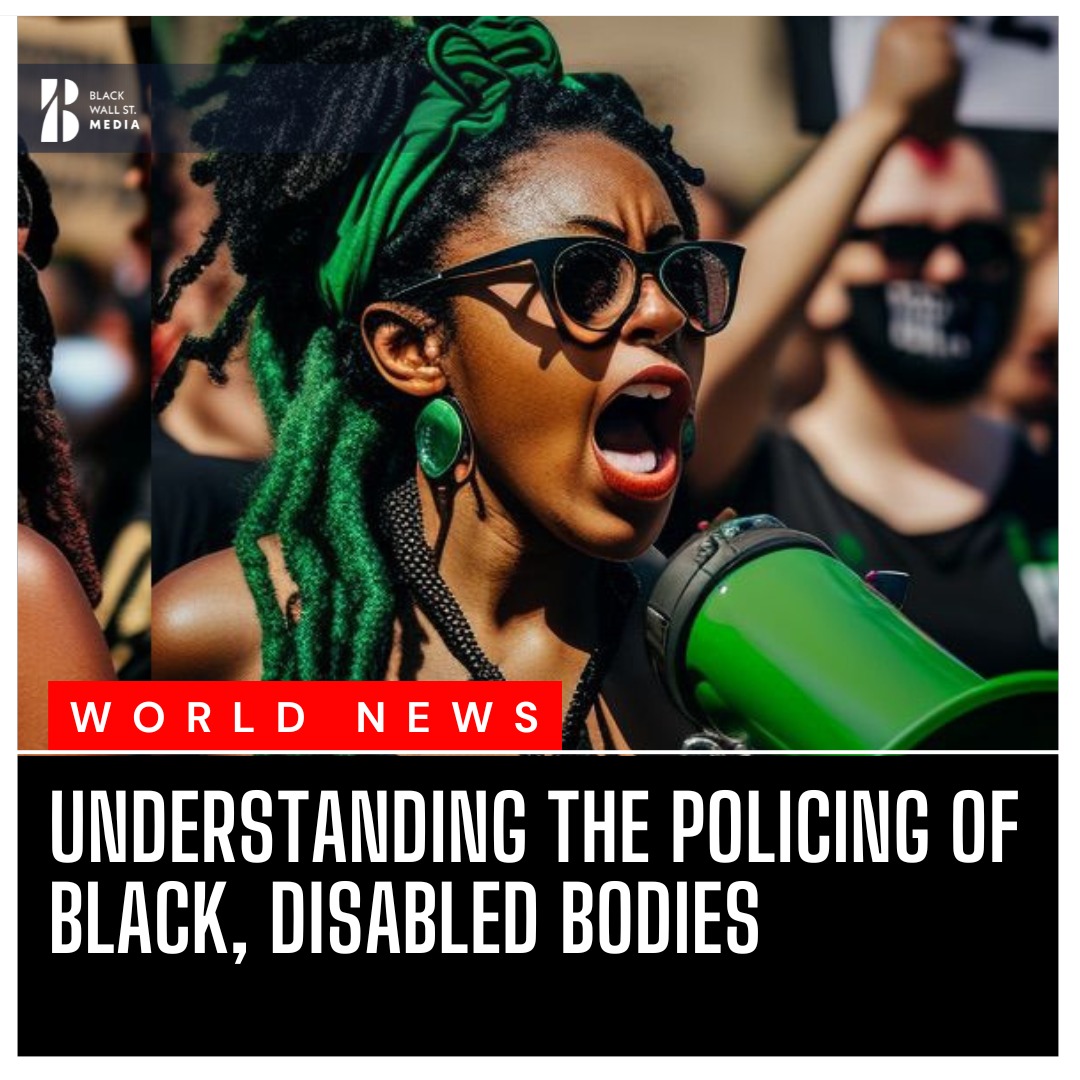
Freddie Gray, Laquan MacDonald, Kevin Matthews, Tamir Rice, Eric Garner, Charleena Lyles, Sandra Bland, Quintonio LeGrier, Stephon Watts, Korryn Gaines, Natasha McKenna, Eric Smith, and Daniel Prude are all Black, disabled victims of state violence.
In the United States, 50 percent of people killed by law enforcement are disabled, and more than half of disabled African Americans have been arrested by the time they turn 28—double the risk in comparison to their white disabled counterparts.
While these statistics provide basic insight into how law enforcement engage with parts of the disability community, much remains unknown.
Specifically, the United States must improve the mechanisms used for data collection on police encounters to provide an accurate, complete picture of these long-standing dynamics and misuse of force.
In the ongoing efforts and discussion surrounding police reform and the need for shifting investments into different types of interventions, policymakers need to have solid data in order to refute messaging that minimizes the magnitude of the problem.
As discussed in depth below, opportunities for increased data collection include:
- Aggregated data across race, gender, and disability status to provide greater insight into these intersectional issues
- Greater data collection on law enforcement training and its effectiveness
- Law enforcement’s removal or denial of reasonable accommodations for people with disabilities
- Information on people who acquire disabilities while in custody, including those acquired by misuse of force
History of policing Black disabled people in the United States
Racism and ableism have been intimately woven into the fabric of this country since enslaved people first arrived on the shores of this stolen land.
Throughout the 19th century, phrenology—the debunked science claiming human nature could be traced to or understood by the shape of one’s skull—served as a basis for the justification for slavery.
Around the same time, American society began to construct a medical model that framed disabled people as broken and reliant on nondisabled people’s so-called charity and expertise.
If a person was deemed “unfixable,” they were shunned by society and commonly faced three fates: abandonment, concealment by their family, or institutionalization.
In the context of slavery, this dangerous theory tied a slave’s economic value to their physical ability and productivity.
Yet due to the brutal and inhumane nature of slavery, enslaved people were often punished by their owners with disability or disfigurement, either to prevent them from running away or discourage behaviors that slaveholders considered defiant.
At the time, even a slave’s urge to escape was pathologized; for example, the term “drapetomania” was used to describe a mental illness that led them to run away or rebel.
More than a century after the abolition of slavery, so-called Ugly Laws were born in the post-Civil War Bay Area—a place now heralded as the home of the disability rights and disability justice movements.
These laws were intended to keep individuals deemed “diseased, maimed, mutilated, and any way deformed, so as to be an unsightly or disgusting object” out of public view.
Many of these individuals were also poor. The nexus of poverty, racism, and ableism was instrumental in the rise of institutions and sanitariums, which were designed to keep so-called undesirables out of sight.
Though this nation likes to think of its treatment and acceptance of people with disabilities as ahead of the curve, it is clear that ableism and racism, among other prejudices, leave legacies that must be addressed.
Lawmakers must understand the issues of the past when designing policy remedies to meet present-day needs.
The intertwining of racism and ableism in policing today
The intertwining of racism and ableism in policing today
As outlined in a 2016 Center for American Progress report,
the relatively recent shift toward community-based services and deinstitutionalization with little funding has resulted in the significant uptick of the number of disabled people incarcerated in jails and prisons.
There has also been growing support to return to the days of warehousing disabled people. Cook County Jail, for example, is often inaccurately described as the largest provider of mental health services, when in reality it is an institution.
It warehouses vulnerable people, lacking the staffing capacity, facilities, or expertise to appropriately treat people experiencing mental health crises.
As recently as December 2019, President Donald Trump actively advocated for the reinvestment of large-scale psychiatric institutions.
The uptick in the number of incarcerated people with disabilities is intrinsically tied to race, as structural racism—and its effects on health care, poverty, and inequality, among other areas—contributes to a greater percentage of disabled people within the Black community than in the general population.
Similarly, racism and ableism remain closely intertwined in ongoing conversations tied to police violence.
The government autopsy report for George Floyd, for example, highlighted that Floyd had “underlying conditions” including hypertension and a previous COVID-19 diagnosis.
Following media reports on this information, some began to believe the inaccurate narrative that Floyd’s disability—as opposed to the officer’s knee on his neck—caused his death.
This is a common tactic found in the wake of state violence, such as police officers blaming a Deaf man for not hearing an order to stop or assuming that an individual who is having a seizure has engaged in substance misuse. Either way, a person ends up dead—but the presence of a disability falsely paints their death as excusable.
The false portrayal of disability as a threat to law enforcement
Prioritizing and demanding compliance has always hindered law enforcement’s ability to recognize a person’s disability over the course of an interaction. These misunderstandings can have traumatic, even deadly, consequences.
For example, a police officer’s failure to consider someone’s disability can lead to escalation or the use of excessive force, such as unnecessarily using pepper spray, tasing, or initiating an arrest. Depending on the type of disability a person has, officers can misread their ability or willingness to comply, which in many cases leads them to respond with inappropriate tactics.
For instance, a person’s inability to hear and react appropriately to an officer’s commands can be misread as the person being difficult. Those with an awkward gait pattern due to cerebral palsy can be erroneously thought of as being under the influence and subjected to questioning or arrest. Autistic people who are not able to maintain eye contact or repeat the statements given to them may be perceived as displaying hostile or uncooperative behaviors.
Individuals in mental or physical crisis who are unable to communicate clearly or express themselves may be read as threatening or lacking self-control and, subsequently, may experience unnecessary force because they cannot understand or follow an officer’s orders.
Law enforcement’s tendency and desire to control all variables in a situation can have devastating effects in situations where an individual may be struggling to communicate or respond due to their disability, whether physical, psychological, or otherwise.
As a result, many disabled people fear the police because any encounter, regardless of how routine or perfunctory, could result in death. Law enforcement’s lack of awareness and ability to see a person holistically has been the inspiration behind the growth of disability-centered trainings within police departments over the past decade. However, standards for these trainings are not consistent in terms of curriculum, frequency, or who is qualified to conduct them.
In addition to the use of excessive force, law enforcement have also been shown to remove or deny certain accommodations, such as a cane or wheelchair, related to individuals’ disabilities.
While this may be framed by law enforcement as a safety measure, the reality is that eliminating a person’s ability to move or communicate is a clear violation of their basic human rights. Many of the accommodations or supports that are removed are essential for a person’s ability to move or walk—as with crutches, wheelchairs, and prosthetics—or their ability to communicate, such as through a sign language interpreter or communication device.
Opportunities for more inclusive data collection
While the Washington Post and other sources track data on policing that include disability, there remain huge gaps in the availability of data that provide a breakdown by disability type.
Current data also do not allow cross-referencing of race and disability, so while it may be possible to determine how many Black people and disabled people are killed by law enforcement, it is not possible to easily determine how many Black Deaf people are victims.
Current data collection must be aggregated across race, gender, and disability status to give a more complete picture of this issue.
Furthermore, while police training is often seen as a quick fix or effective public relations response, there is little information available about what makes such a training effective.
There is a need for greater evaluation and data collection—specifically through the U.S. Department of Justice’s Office of Community Oriented Policing Services and Bureau of Justice Statistics—tied to consistent standards for these trainings across the country.
Additionally, while in custody, disabled people are often denied access to reasonable accommodations, which can include access to sign language interpreters or wheelchairs they depend on for safety and mobility. In especially horrifying scenarios, others have had their caregivers injured or killed.
Documentation of instances where law enforcement denied access to tools that help people communicate or keep them safe and alive is critical for accountability.
If an individual is shot because they did not respond to law enforcement, and it is later discovered that the person’s communication board was confiscated, then this is a case of a deliberate action to deny a person’s fundamental rights.
There must be consistent data collection on law enforcement’s removal or denial of reasonable accommodations for people with disabilities.
Finally, while a new federal requirement obligates law enforcement to track cases of people who die in custody, they must expand this documentation to include disabilities acquired in custody due to excessive force.
The growing number of people who have become blind as a result of being shot with rubber bullets, acquired brain injuries as a result of violence, or become paralyzed makes these critical rectifications even more urgent.
Data collection must include information on people who have suffered severe physical, mental, or psychological harm while in custody, including disabilities acquired by misuse of force.
Conclusion
While the case for significant policing reforms is a strong one, much of mainstream society underestimates the pervasiveness of the misuse of force is as it relates to people with disabilities.
Similarly, many vastly underestimate the size of the disability community, which includes more than 61 million people in 1 out of 3 U.S. households. Particularly important is the intersection of race and disability: According to data from 2017, 1 in 4 Black adults in the United States have a disability.
Data collection is critical to pushing back on false narratives that minimize the problem of how law enforcement treat and respond to people with disabilities, particularly those who are Black.
Understanding the scope and nuances of policing Black disabled bodies is necessary to craft solutions that will help undo the centuries of aggression, violence, and denial of rights that have wrongfully led to the trauma and deaths of far too many individuals.

